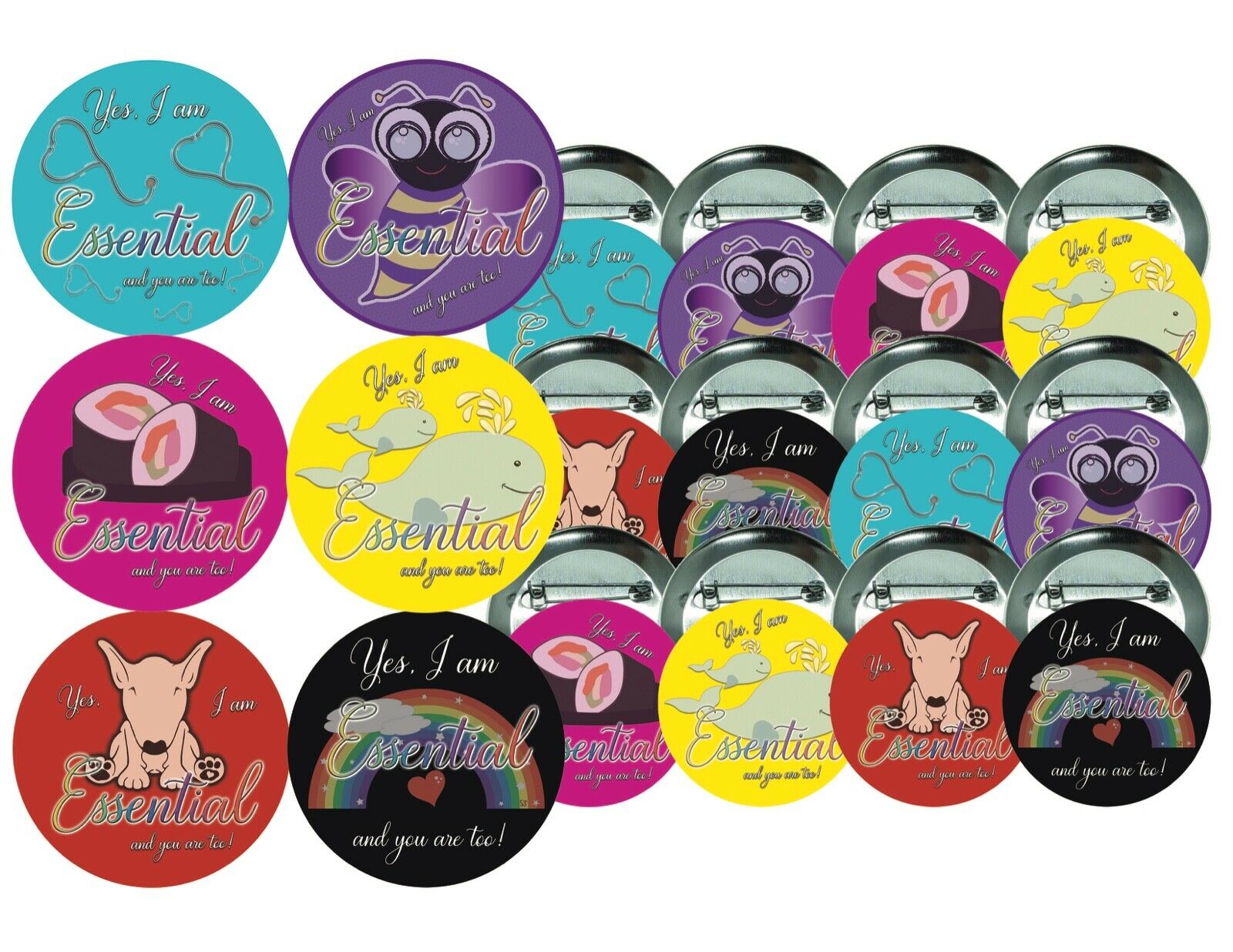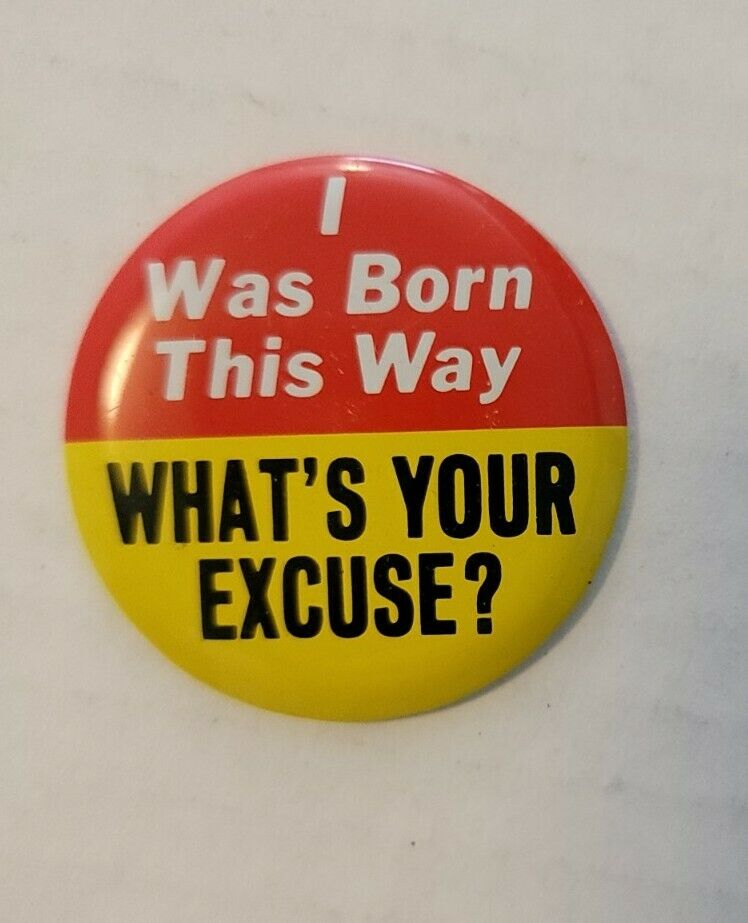-40%
Vintage Proud To Be Irish Ireland Flag 36mm Pin 1-7/16” Button Made In USA N.Y.
$ 7.11
- Description
- Size Guide
Description
Vintage Amscan Inc. Harrison NY made in US A slogan “Proud To Be Irish” Pinback Button.The national flag of Ireland (Irish: bratach na hÉireann), frequently referred to in Ireland as 'the tricolour' (an trídhathach) and elsewhere as the Irish tricolour is a vertical tricolour of green (at the hoist), white and orange.[1][2] The proportions of the flag are 1:2 (that is to say, flown horizontally, the flag is half as high as it is wide).
Presented as a gift in 1848 to Thomas Francis Meagher from a small group of French women sympathetic to Irish nationalism,[3] it was intended to symbolise the inclusion and hoped-for union between Roman Catholics (symbolised by the green colour) and Protestants (symbolised by the orange colour). The significance of the colours outlined by Meagher was, "The white in the centre signifies a lasting truce between Orange and Green and I trust that beneath its folds the hands of Irish Protestants and Irish Catholics may be clasped in generous and heroic brotherhood".[1]
It was not until the Easter Rising of 1916, when it was raised above Dublin's General Post Office by Gearóid O'Sullivan,[4] that the tricolour came to be regarded as the national flag.[1] The flag was adopted by the Irish Republic during the Irish War of Independence (1919–1921). The flag's use was continued by the Irish Free State (1922–1937) and it was later given constitutional status under the 1937 Constitution of Ireland. The tricolour is used by nationalists on both sides of the border as the national flag of the whole island of Ireland since 1916.[5] Thus it is flown by many nationalists in Northern Ireland as well as by the Gaelic Athletic Association.
The green pale of the flag symbolises Roman Catholics, the orange represents the minority Protestants who were supporters of William of Orange. His title came from the Principality of Orange but his power from his leadership as Stadtholder of the Netherlands, a Protestant bastion from the 16th century. The white in the centre signifies a lasting peace and hope for union between Protestants and Catholics in Ireland.[8] The flag, as a whole, is intended to symbolise the inclusion and hoped-for union of the people of different traditions on the island of Ireland, which is expressed in the Constitution as the entitlement of every person born in Ireland to be part of the independent Irish nation, regardless of ethnic origin, religion or political conviction.[8][13] (Green was also used as the colour of such Irish bodies as the mainly-Protestant and nonsectarian Friendly Brothers of St. Patrick, established in 1751.)
Occasionally, differing shades of yellow, instead of orange, are seen at civilian functions. However the Department of the Taoiseach stated that is a misrepresentation that "should be actively discouraged"[8] and that worn-out flags should be replaced.[14] In songs and poems, the colours are sometimes enumerated as "green, white and gold" by using poetic licence.[15][16] Variants of different guises are utilised to include, for example, various emblems of Ireland, such as the presidential harp, the four provinces or county arms.

















